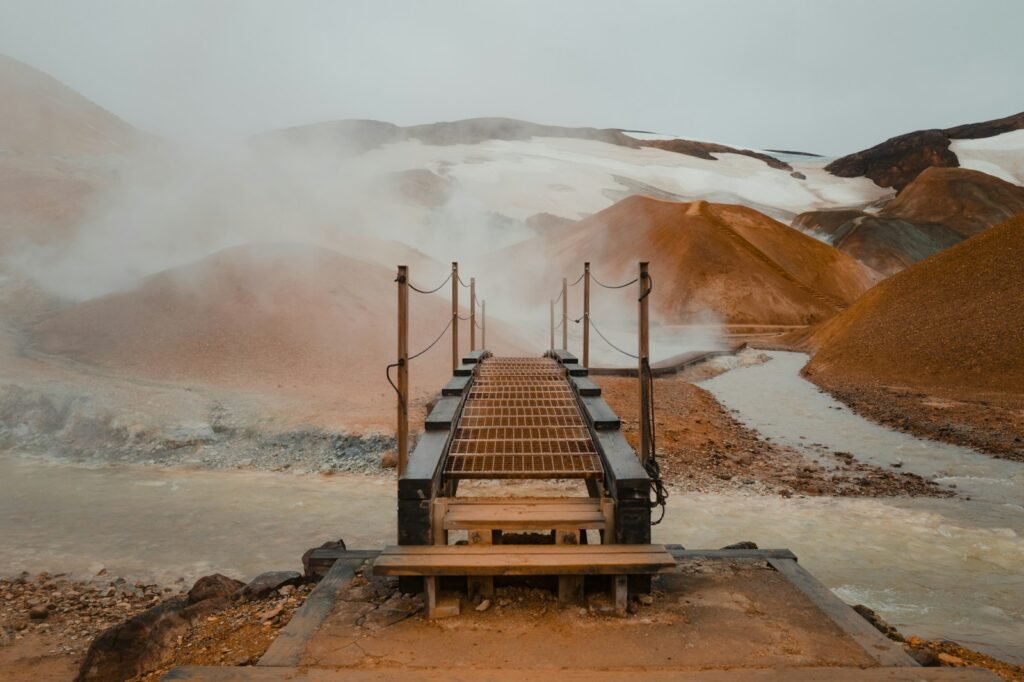Steam rakes the crater rim, the water heaves like an animal breathing, and the air tastes faintly metallic. Volcanic “boiling lakes” look impossibly hostile, yet they are busy with life – microbes that shrug at scalding heat and acid. The mystery is both simple and profound: how do cells hold together where most biology falls apart, and what does that teach us about life’s limits? Around places like Dominica’s famous Boiling Lake, scientists have begun to map this hidden world, tracing filaments, pigments, and chemical footprints through the hissing mist. What they’re finding turns a forbidding cauldron into a living laboratory, and hints at how early Earth – and maybe other worlds – once worked.
The Hidden Clues
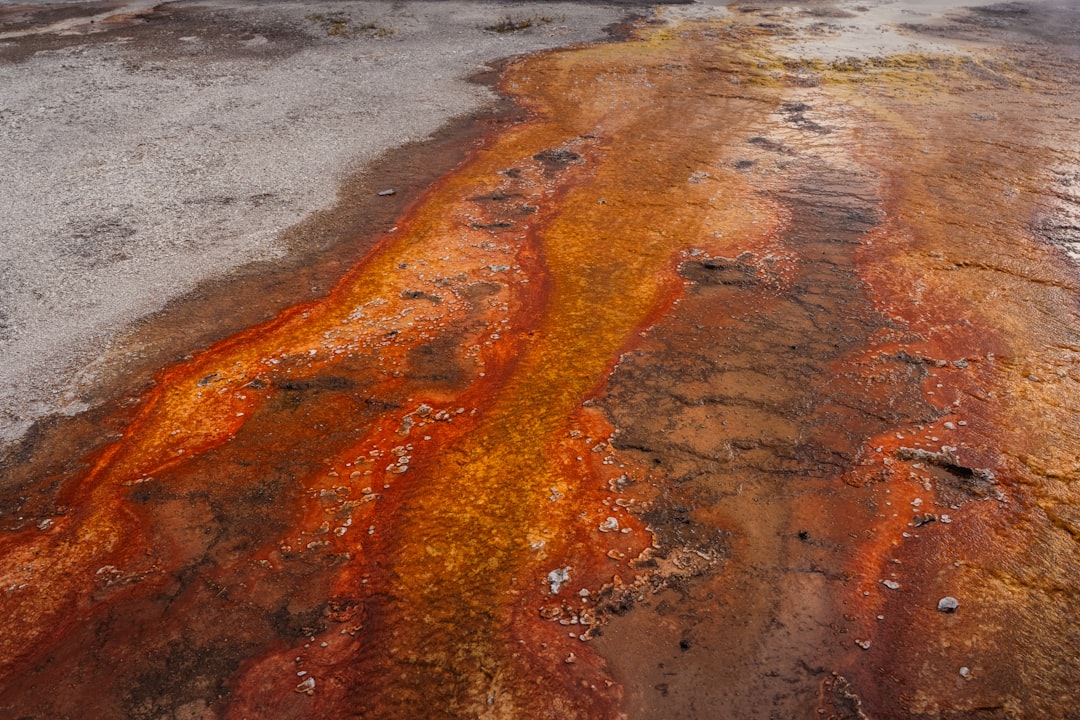
Stand at the overlook and the first clue is color: streaks of rust, saffron, and emerald where microbial mats cling to rocks along the margins. Those colors are not stains but living chemistry, pigments and minerals laid down by organisms that harvest energy from sulfur and iron. The lake’s surface may roil, but the shoreline shelters micro-niches where temperatures dip just enough for dense communities to take hold. In these corridors of survivability, filaments knit into slippery carpets that trap bubbles and reshape the flow.
Every few meters, the rules change – hotter here, more acidic there, oxygen present at the surface and vanished a few centimeters below. That patchwork creates a crowded neighborhood of specialists that partition the resource table like a bustling market street. Some oxidize reduced sulfur; others reduce iron or metabolize simple organic compounds carried in by runoff. Together they turn a lethal pool into an ecosystem with structure, competition, and cooperation.
Heat Without Sunlight
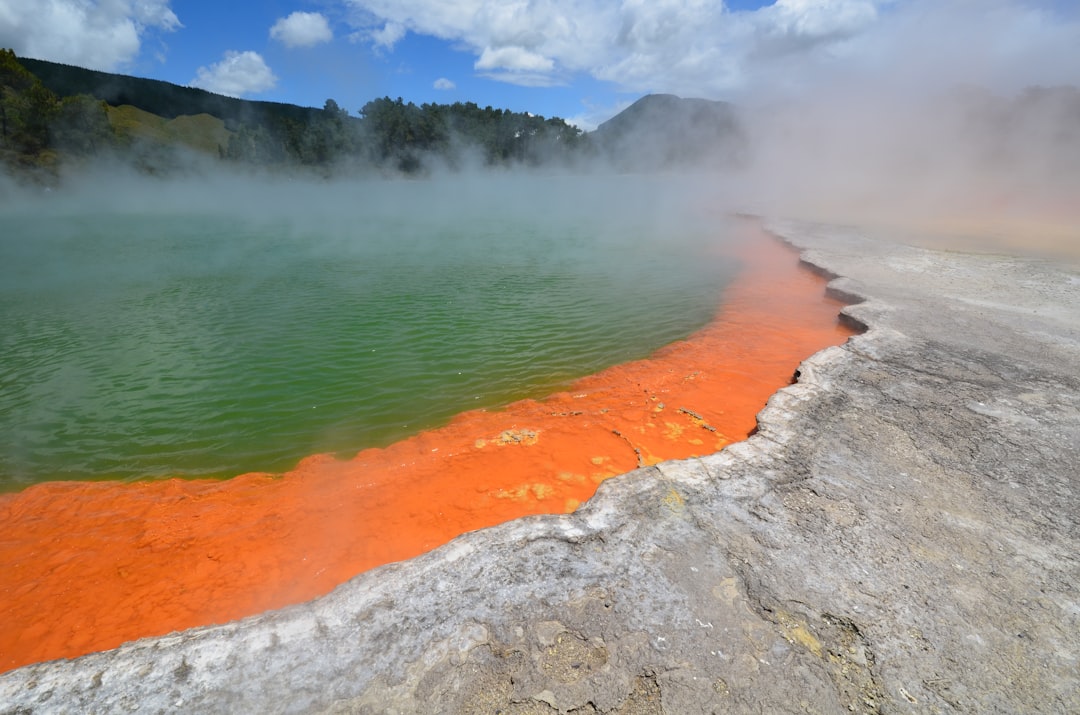
Unlike most ecosystems, these lakes are powered more by geology than by light. The engine sits beneath your feet: gases and hot fluids rising through fractures, feeding the water with hydrogen sulfide, carbon dioxide, and trace metals. Microbes cash those chemical checks through chemosynthesis, fixing carbon without sunlight and building biomass from what the volcano provides. It’s the same playbook seen at deep-sea vents, translated to the open air.
Heat that would unravel ordinary proteins is handled by molecular tricks. Many residents are archaeal hyperthermophiles with sturdy membranes made from tetraether lipids that pack like armor. Their enzymes bristle with salt bridges and tight folds that resist denaturation, and cellular chaperones patrol like mechanics under a hood. Even DNA gets extra guardians, bound by stabilizing proteins that keep strands from fraying in the steam.
From Ancient Tools to Modern Science
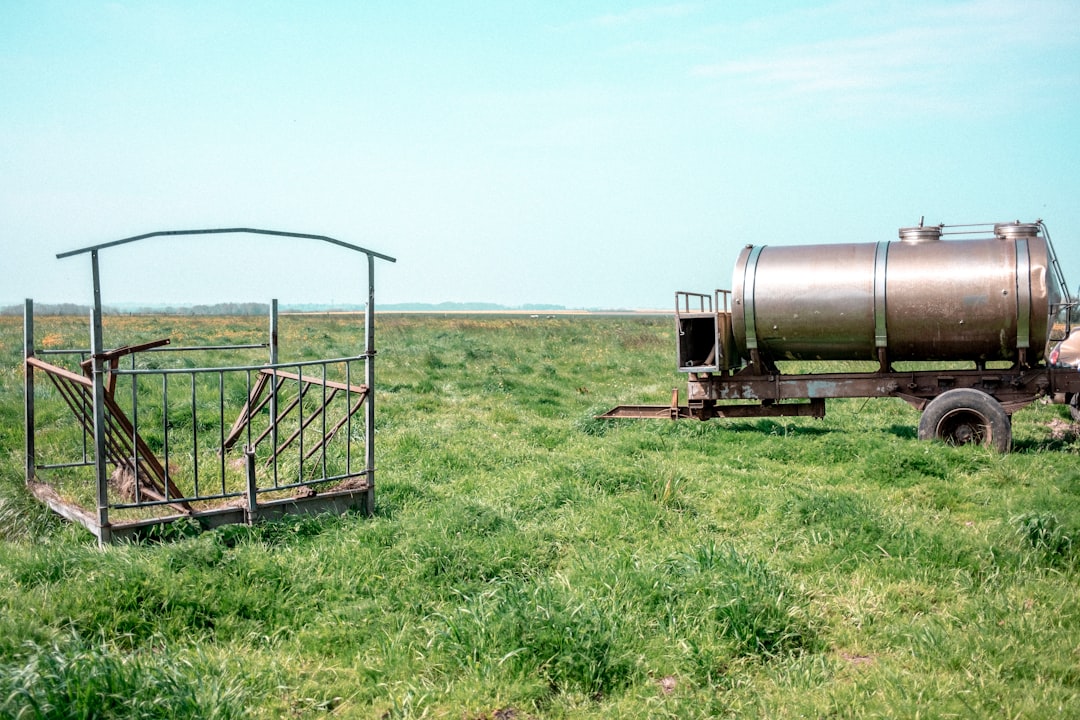
Early surveys here were cautious and analog: glass thermometers on strings, pH paper that browned at the edges, and notebooks speckled with sulfur rain. Those expeditions marked the boundaries – how hot, how acidic, how fast the lake breathed – but could say little about who lived there. Modern teams bring sterile samplers on carbon-fiber poles, drone drops for the most turbulent spots, and sensors that log temperature and redox chemistry by the second. That precision turns a temperamental lake into a time series, revealing the rhythms of eruptions, rainfall, and subterranean pulses.
The biggest leap is invisible: metagenomics and metatranscriptomics that read community DNA and active genes directly from the water and mats. Instead of growing microbes in a lab – something only a small fraction will tolerate – researchers reconstruct entire metabolic networks in place. Patterns emerge: sulfur-oxidizers co-located with iron-cyclers; heat-loving archaea partnering with bacteria that detoxify metals. The picture is no longer a list of names but a working blueprint.
The Chemistry That Feeds Them
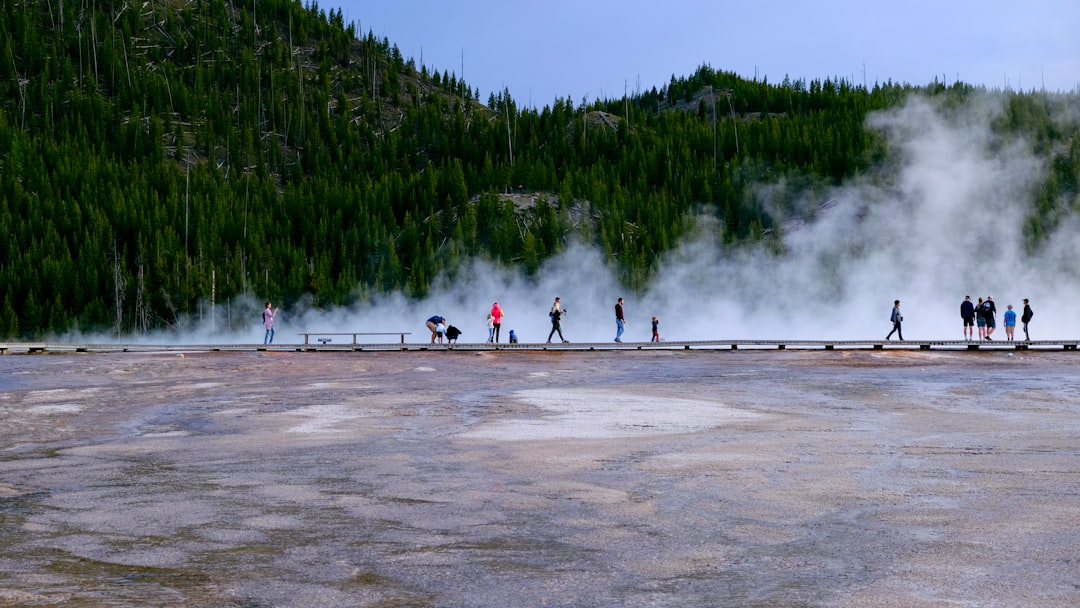
Boiling lakes are chemistry factories, and the menu changes with every burp of the subsurface. Acidic waters can hover near a pH that would dissolve nails, yet oxygen at the skin of the lake allows some aerobes to skim energy while anaerobes thrive below. Reduced sulfur compounds bubble up like currency, traded by microbes that pull electrons one way and then the other. Iron flips between ferrous and ferric states, painting rocks and fueling metabolisms in the process.
Trace elements, from arsenic to copper, complicate the story and sharpen microbial strategies. Some cells sequester metals in tiny mineral cages; others pump them out or even use them as co-factors to accelerate reactions. With each rainstorm, dilution tempers the fire; with each dry spell, concentration tightens the screw. The result is a dynamic buffet that rewards flexibility and punishes anything that can’t pivot fast.
Why It Matters
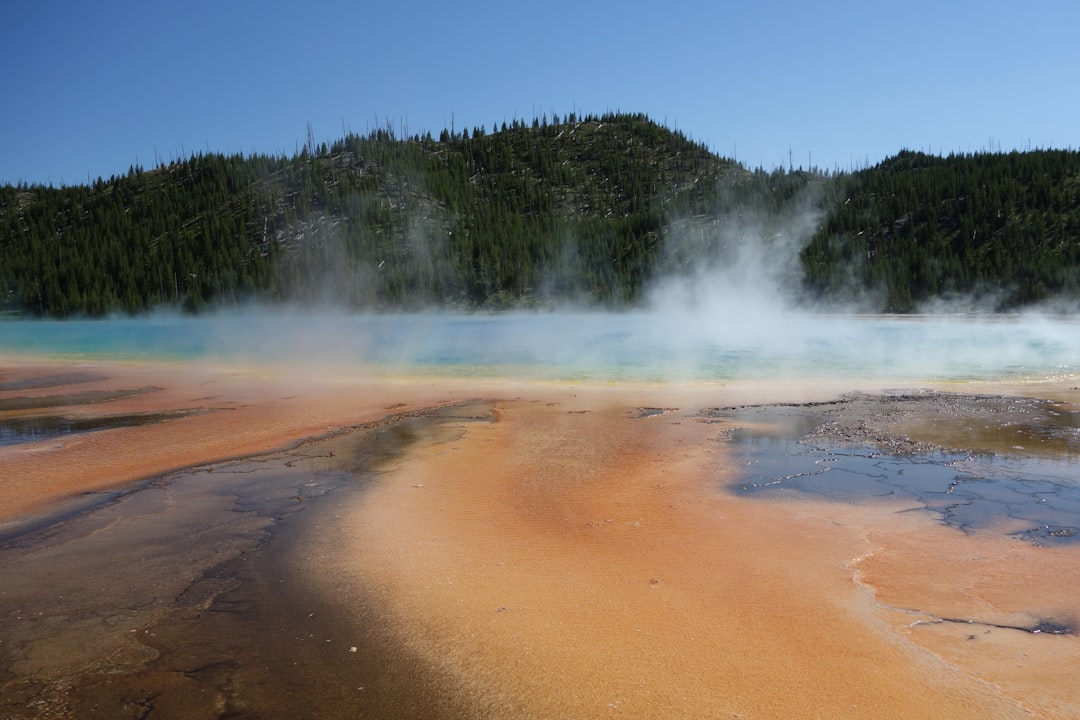
These lakes are natural stress tests for life, and that makes them scientifically invaluable. By watching microbes operate at heat and acidity that push the edge, we learn how proteins, membranes, and genomes can be designed to last. It sharpens biotechnology: enzymes from these systems have powered DNA amplification, industrial reactions, and pollution cleanup where ordinary proteins fail. The payoff isn’t hypothetical; thermostable catalysts already save time and energy in labs and factories worldwide.
There’s a deeper context too. Early Earth was hotter, more volcanic, and chemically unruly, so these modern cauldrons echo the past more faithfully than most habitats. Compared with traditional field sites like temperate lakes or soils, boiling lakes show how ecosystems can run on rock and gas rather than leaves and sun. That comparison clarifies what’s universal in biology – information, metabolism, evolution – and what’s optional. It’s a reminder that life’s playbook is broader than our everyday experience.
Global Perspectives
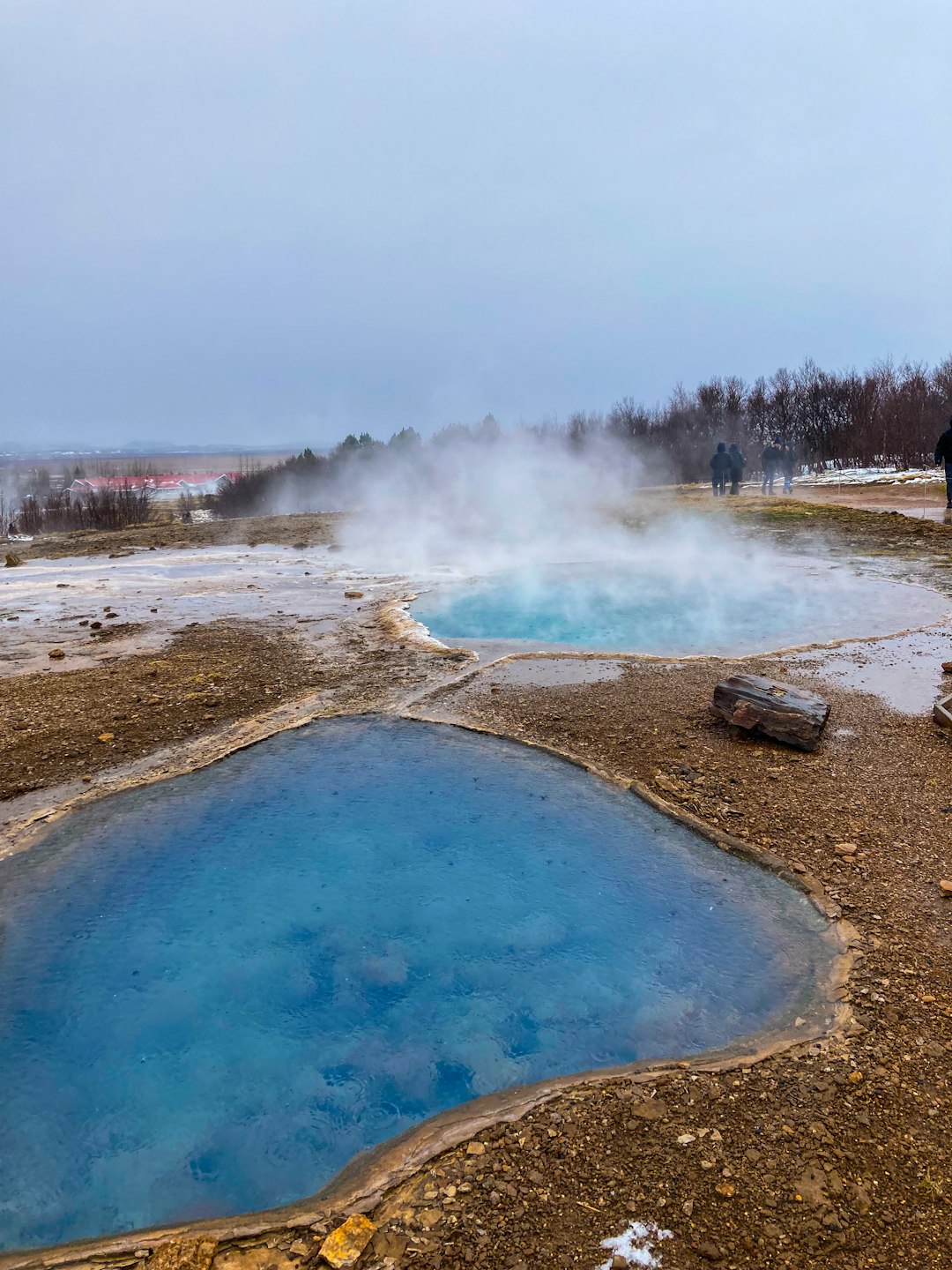
Dominica’s crater gets the headlines, but analogs stretch across the Pacific Ring of Fire and beyond. New Zealand’s hydrothermal basins host simmering pools where temperatures and chemistry seesaw with underground geysers, creating living mosaics that look like abstract paintings. In Iceland, acidic hot springs knitted into rifts provide similar tests of endurance, while Andean volcanoes push life to thin air and scorching water at once. The common thread is the marriage of volcanic fuel and water, regulated by tectonics like a temperamental thermostat.
Yet every site writes its own chapter. Some lakes lean alkaline and favor different lineages; others swing so acidic that only the hardiest archaeal clans persist. Local geology dictates the metal palette and gas mix, and climate layers on seasonality. Comparing them side by side turns geography into an experiment, teasing apart which adaptations are essential and which are improv.
The Future Landscape

New instruments are closing the gap between destructive sampling and gentle listening. Fiber-optic cables can act as distributed thermometers, reading temperature along their length to map hot inflows in real time. Miniaturized electrochemical probes now survive weeks in place, capturing spikes in sulfur or iron that old methods would miss. Small autonomous rafts, powered by the sun and steered by simple AI, can traverse unstable surfaces that once kept scientists on the rim.
The biggest advances will likely come from integration. Pairing long-term chemistry with metagenomes and in-lake gene expression could reveal not just who is present, but how communities rewire within hours of a hydrothermal pulse. Add airborne gas mapping and satellite thermal imagery, and whole volcanic watersheds become observable systems. The challenge is access and safety, as changing activity can close sites overnight, while conservation rules rightly limit intrusive sampling. The prize is a predictive science of living volcano-lakes that connects microbes to magma.
Call to Action
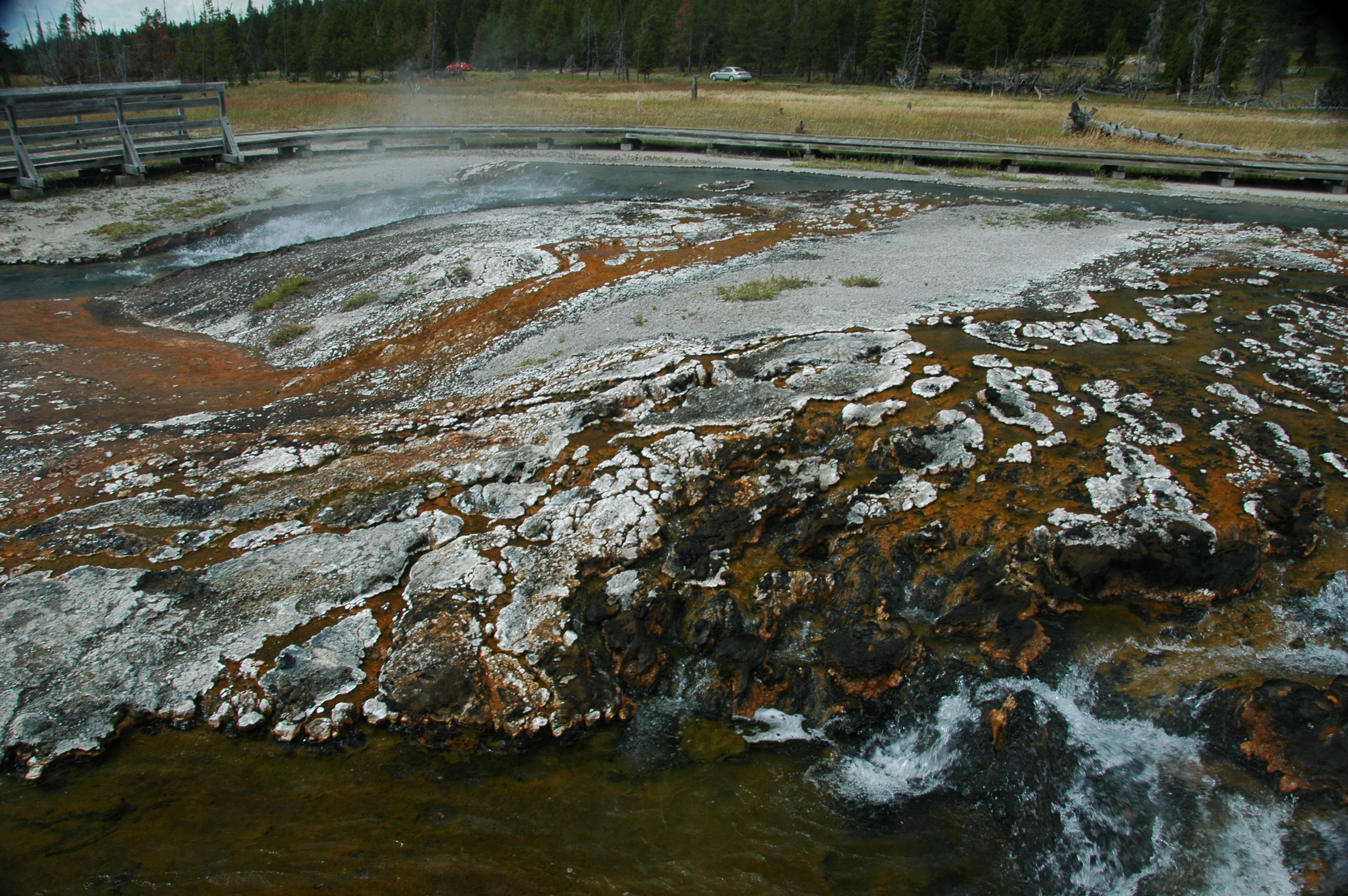
You don’t need a field kit to help these lakes tell their story. Support protected-status policies that keep hydrothermal basins intact, because trampling a fragile microbial mat can erase years of natural experiment in seconds. If you visit volcanic parks, stay on marked paths, follow local guidance, and resist the urge to toss objects into hot pools that will alter chemistry. Museums, citizen-science platforms, and university outreach programs increasingly share open data and visualizations that make complex measurements understandable.
For those who want to go deeper, look for community science efforts that catalog color changes, steam intensity, or shoreline shifts through carefully guided photography. Donations to field stations and geology observatories help maintain sensors that weather storms so the rest of us can watch patterns unfold. Even a classroom discussion about life without sunlight can spark the next idea for low-energy industry or safer geothermal power. What part of this living cauldron surprised you most?

Suhail Ahmed is a passionate digital professional and nature enthusiast with over 8 years of experience in content strategy, SEO, web development, and digital operations. Alongside his freelance journey, Suhail actively contributes to nature and wildlife platforms like Discover Wildlife, where he channels his curiosity for the planet into engaging, educational storytelling.
With a strong background in managing digital ecosystems — from ecommerce stores and WordPress websites to social media and automation — Suhail merges technical precision with creative insight. His content reflects a rare balance: SEO-friendly yet deeply human, data-informed yet emotionally resonant.
Driven by a love for discovery and storytelling, Suhail believes in using digital platforms to amplify causes that matter — especially those protecting Earth’s biodiversity and inspiring sustainable living. Whether he’s managing online projects or crafting wildlife content, his goal remains the same: to inform, inspire, and leave a positive digital footprint.

